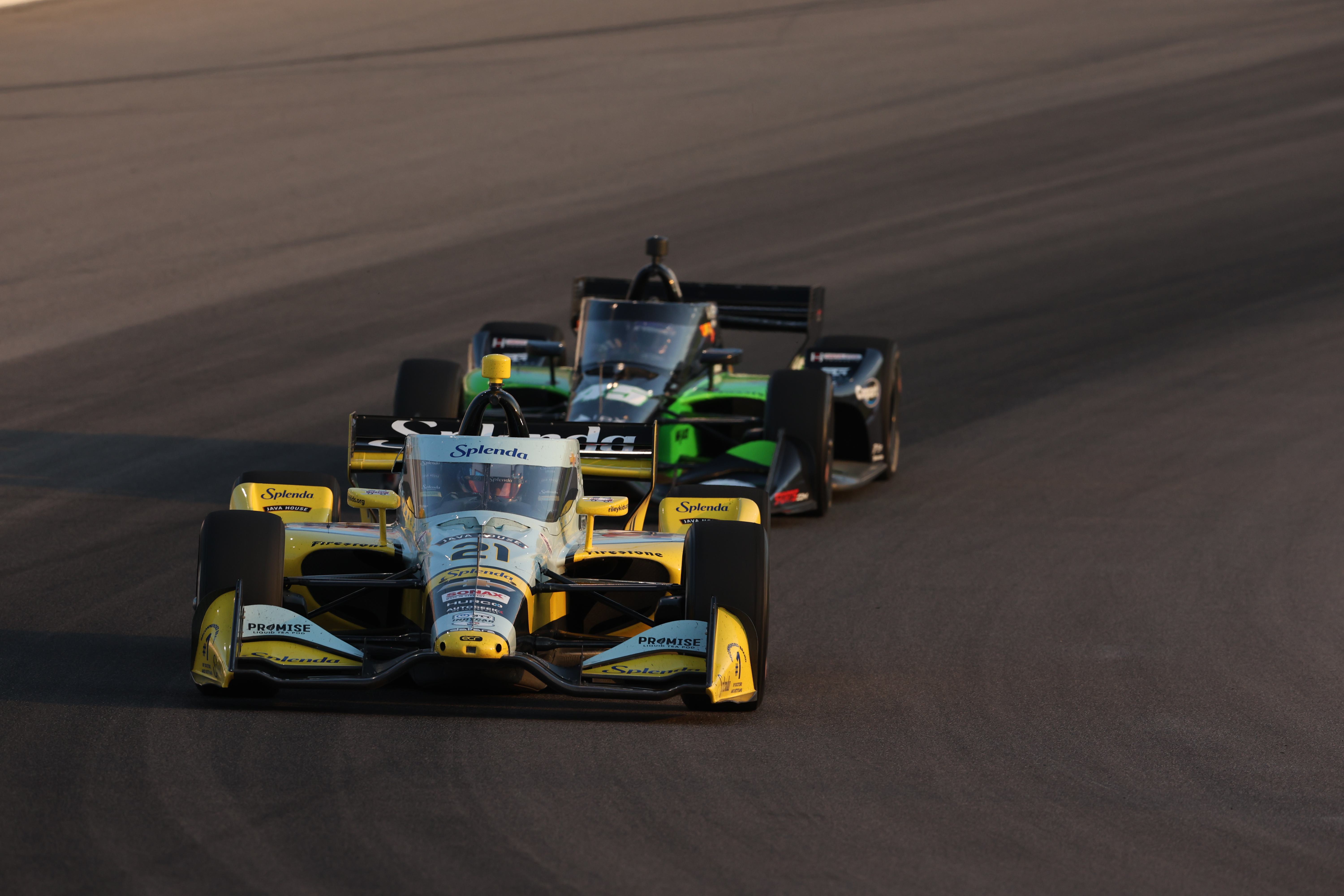F1 Academy: Can we have a female F1 Driver?
- Olivia Eyeson
- Nov 22, 2022
- 4 min read
Updated: Jan 3
Written by Olivia Eyeson, Edited by Ishani Aziz

Historically the path to F1 consisted of the feeder series; F3 and F2. From the current F1 grid, 11 drivers have participated in F2. However, of the 72 drivers in these three categories, there is only one female driver; Tatiana Calderon. The one in 72 chance is a somewhat dire statistic, and points towards a slim likelihood of having a female F1 driver any time soon. The late Lella Lombardi was the last female driver to race in an F1 Grand Prix in 1976, and Susie Wolff was the last to participate in an F1 weekend, in FP1 of the 2015 Catalunya Grand Prix. It seems that the history of female racers in F1 is rare.
This is where the F1 Academy fits in. The new, exclusively female racing series is set to launch in 2023 and will provide an extra route into W series, and most importantly the start of the F1 pathway: F3. This news follows the recent F3 test with W Series drivers Abbi Pulling, Chloe Chambers and Tereza Babickova, along with Formula 4 and Formula Regional driver Hamda Al Qubaisi.
The new series will be run by Bruno Michel (CEO of Formula Motorsport Limited) and will consist of five teams who are currently participating in F2 and F3, each with 3 cars creating a 15-car grid. The season will have seven events each with three races (similar to the F3 race weekend format) meaning there will be 21 races with an extra 15 days of testing. The calendar hasn’t been released yet but the hopes are that a race will support an F1 Grand Prix. F1 will subsidise €150,000 for each car, while each driver will be expected to cover the same amount, and thus sponsorships are expected (with the team being left to pay the rest).
This is a fraction of the cost of other categories of similar levels. The car will have a Tatuus T421 chassis (the same one used in F4), with Autotecnica supplying turbocharged engines that will deliver 165 horsepower and Pirelli will provide the tyres.

F1 academy is the result of a long period of assessing the barriers that are preventing women from entering F1. It seems that a lack of experience was the largest factor. This racing category aims to fill that gap, and develop and prepare girls for higher categories. They will achieve this by providing track time, racing and testing time.
However, many won't understand the difference between this new series and W series, which plans to return for its fourth season in 2023 after being cut short due to lack of funding. Primarily, the difference is that W series is run separately from F1, whereas as indicated by the name F1 academy is directly associated with its parent branch. Additionally, the academy is focused on younger drivers with the minimum age being 16, compared to the W series, which is open to all ages. So, we can expect current karters and drivers in lower categories to progress into the academy. It seems the two series can co-exist as stated by W Series CEO Bond Muir, "Our objective from the start has always been to increase the talent pool of women racing drivers, and the addition of the F1 Academy as a feeder to W Series and other series is a further step in inspiring the next generation to progress up the motorsport ladder.”
Despite the Academy being well-intentioned, some fans are questioning the need for segregation in these lower categories. Susie Wolff said, "The sport is not segregated, you can't pick out one level and segregate it and then expect the winner to go back in and make her way in a normal championship where there is no segregation”, back when W series launched. The argument of many is that theoretically if the money invested in these categories was invested in female drivers we could have a female F3 driver by now. However, these opportunities are incredibly valuable for young female drivers so it will be interesting to see how the season plays out. The other issue people have with the current female racing series is that compared to their male counterparts in F3, the women aren't paired with powerful machinery. Though it must be mentioned that for a category like F1 academy, that wants to keep the costs low for the participants, this is inevitable.
Another concern people have is that older female drivers might be neglected. Jessica Hawkins, driver ambassador for the Aston Martin F1 team said, "At Aston Martin, we have just signed a 41-year-old, who's still at his peak performance. Why are we looking for someone so young? Why don't we use what we've got already, to help drive that forward?”. Drivers such as Jamie Chadwick, 3-time W series world champion, are yet to find a drive in F3 or F2 though she is more than capable. So, the question for many is should we be focusing on these drivers first?

Although the F1 Academy has received some scepticism , it seems that F1 is going in the right direction in terms of helping increase diversity in motor sport.
“Our goal is to see female drivers on the F3 grid in the next two to three years, and for them to quickly challenge for points and podiums. The aim is to increase the field in the near future because we hope that this category will inspire more young girls to compete in motorsport at the highest of levels,” said Bruno Michel, which hopefully points towards a more inclusive future.








Comments